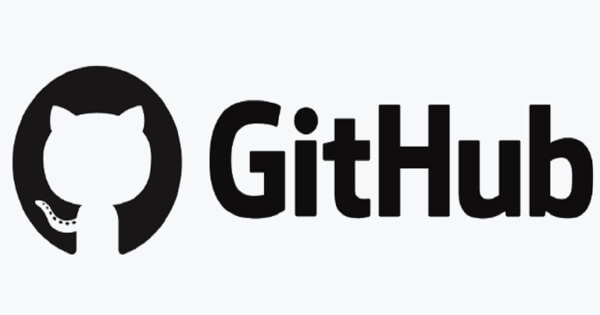Github: Leveraging RAG to Unlock Insights from Unstructured Data
Zach Anderson Jun 14, 2024 06:17
Explore how retrieval-augmented generation (RAG) can help developers extract valuable insights from unstructured data.

Unstructured data holds valuable information about codebases, organizational best practices, and customer feedback. According to The GitHub Blog, retrieval-augmented generation (RAG) can help developers leverage this data effectively.
Developers and IT leaders need data and insights to make informed decisions. This data exists in two forms: structured and unstructured. While structured data follows a specific format, unstructured data—such as emails, audio files, code comments, and commit messages—does not. This makes it challenging to organize and interpret, potentially causing teams to miss valuable insights.
Unstructured Data in Software Development
In software development, unstructured data includes source code and the context surrounding it. Examples on GitHub include README files, code files, package documentation, code comments, wiki pages, commit messages, issue and pull request descriptions, discussions, and review comments.
These sources contain valuable information but lack a predefined structure, making them difficult to analyze. GitHub data scientists Pam Moriarty and Jessica Guo emphasize the unique value of unstructured data in software development and how RAG can enhance its utility.
The Value of Unstructured Data
Unstructured data is valuable but hard to analyze due to its lack of inherent organization. LLMs (Large Language Models) can help identify complex patterns in unstructured text data, extracting insights that might otherwise remain hidden.
Guo explains that LLMs excel at identifying patterns, sentiments, entities, and topics within text data. RAG-powered LLMs can help surface organizational best practices, accelerate understanding of a codebase, and improve product decisions by surfacing user pain points.
Using RAG to Transform Unstructured Data
RAG is a method for customizing LLMs, enhancing their ability to generate relevant outputs by adding context from additional data sources. These sources can include vector databases, traditional databases, or search engines.
For example, GitHub Copilot Enterprise uses RAG to provide developers with natural language answers to questions about specific repositories. This tool can use content from commits, issues, and discussions to generate contextually relevant responses.
RAG can significantly improve developers' productivity, enabling them to produce high-quality and consistent code faster, preserve and share information, and better understand existing codebases.
Conclusion
As developers continue to use AI tools like GitHub Copilot, the volume of unstructured data will grow. Utilizing RAG can help organizations surface and leverage this data, leading to improved development processes and product decisions.
Image source: Shutterstock